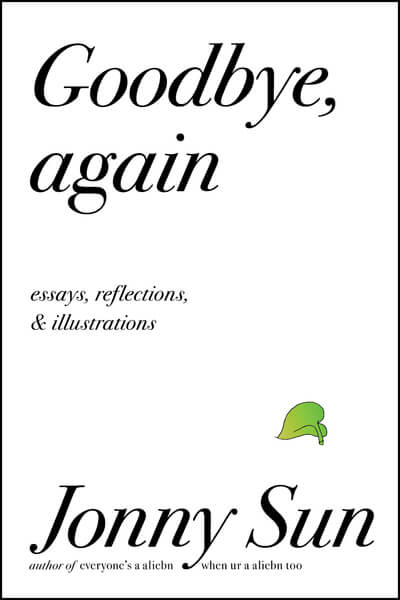Meg Lowman, known as “Canopy Meg,” has a big public presence, and her latest memoir demonstrates why: She excels at bringing the natural world to life in language. The Arbornaut: A Life Discovering the Eighth Continent in the Trees Above Us takes readers around the world, from the forests of New England to the hills of Scotland, from the jungles of Australia to the riverbanks of the Amazon. It also tells the story of a passionate young naturalist whose childhood collections of wildflowers and bird eggs were supplanted by mosses during adolescence until, during college, she discovered the enduring love of her life: trees. Specifically, the tops of trees, which have been historically understudied even though they compose a vibrant ecosystem that Lowman refers to as the “eighth continent” of the world.
Lowman’s driving curiosity finds a productive outlet in the scientific process, which she ably describes for lay readers. Her research is full of life, energy, intelligence and determination. It’s impossible to read about it without wanting to examine the natural world more closely! While reading The Arbornaut, I found myself staring out of my second-story windows, trying to discern whether the leaves of the “upper canopy” of my Midwestern trees differed from those visible at ground level. This is exactly the kind of response Lowman hopes for. She is dedicated to getting everyday folks into the canopies, which she argues can advance scientific discovery (more eyes collecting more data) and benefit the planet (more people dedicated to ecological preservation).
Across multiple projects, Lowman’s reputation has grown within and beyond her discipline, and in this memoir, she also attends to the impact of gender on her professional experience. After detailing multiple instances of unwanted attention, ranging from innuendos to attempted assault, Lowman describes herself as a “tall poppy,” a flower that others try to cut down because it stands out. And yet, she persists, leading expeditions to the Amazon, collaborating with scientists and citizens alike and sharing her results in both technical journals and delightful memoirs. She deserves her celebrity.
The Arbornaut is a book to reach for if you, like Lowman, love the natural world and want to live in it fully.


















